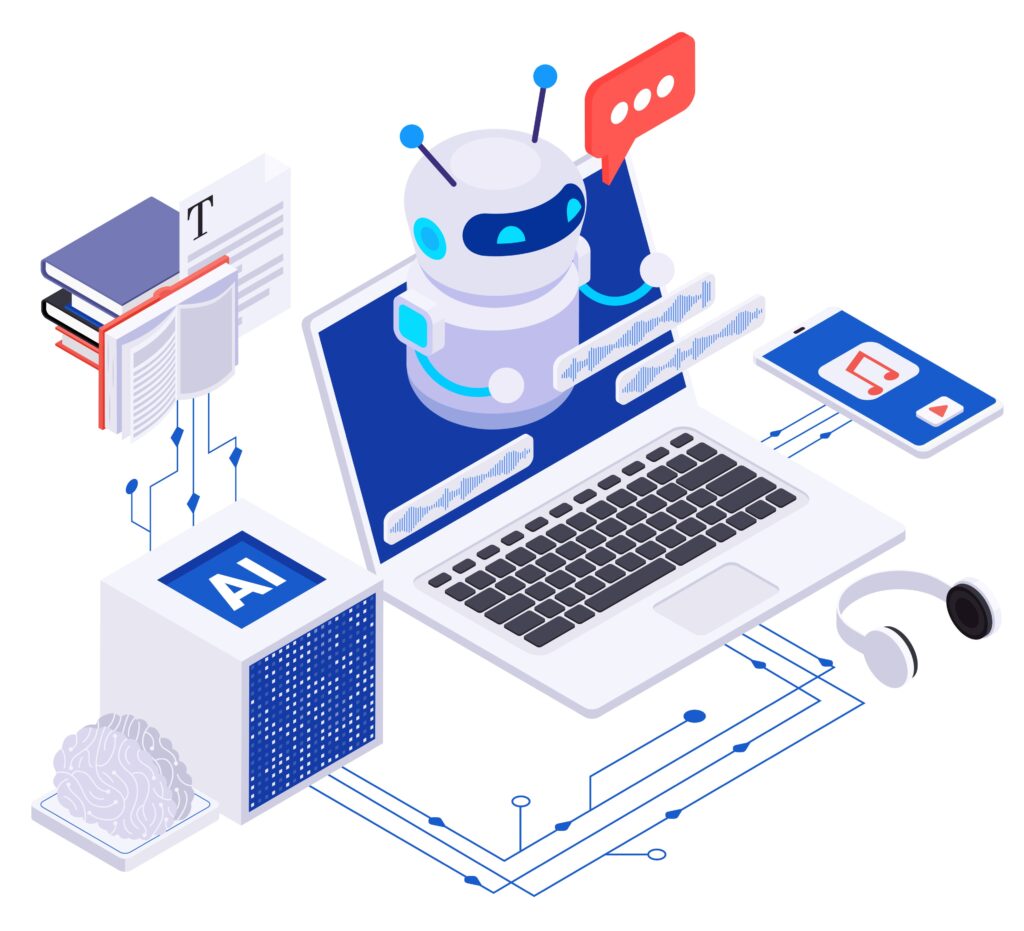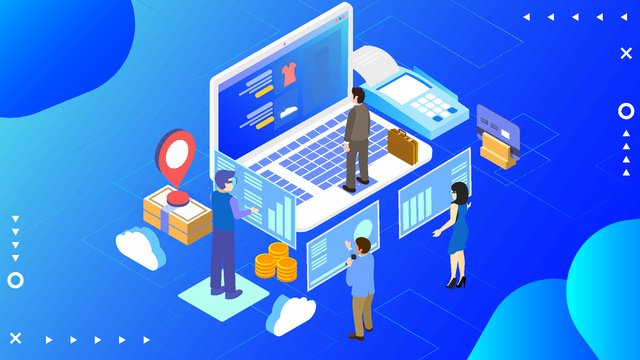Large Language Models, or LLMs, have become a big deal in the world of technology. But what exactly are they, and why are they so special? In this blog, we’ll break down the basics of LLMs in a friendly, easy-to-understand way.
1. What Is an LLM?
A Large Language Model (LLM) is a type of AI designed to understand and create human-like language. Imagine it as a super-smart text predictor, trained on lots of data, like books, articles, and websites. This allows it to respond to questions, help write stories, and even solve problems.
The way it works is pretty simple: it predicts the next word in a sentence based on patterns it has learned. By doing this millions or even billions of times, it becomes good at creating sentences, answering questions, and holding conversations.
2. How LLMs Are Made: Data and Training
For an LLM to be useful, it needs two main things: lots of data and good training. Think of it like learning a new skill—you need lots of practice. LLMs get their practice by studying massive amounts of text, which helps them learn how language works.
Training these models takes a lot of computer power because they have to go over billions of sentences and examples. The more data an LLM sees, the better it gets at understanding and responding in a natural, human-like way.
3. Why LLMs Are So Impressive
What’s amazing about LLMs is that they can handle a wide range of tasks without much help. For example, they can:
- Answer questions on different topics
- Write creative content like stories or poems
- Help with coding by suggesting code or fixing errors
- Translate languages or summarize long articles
LLMs also get better over time. New versions are more accurate, understand complex questions, and can even understand jokes. This makes them incredibly useful in fields like customer service, writing, and education.
4. Challenges LLMs Face
While LLMs are impressive, they have some limitations:
- Errors: They don’t always get things right, especially on very specific topics.
- Bias: Since they learn from human data, they can accidentally learn and repeat human biases.
- Limited Knowledge: They only know what they were trained on, so they might miss out on some information.
Researchers are working hard to fix these issues, making LLMs smarter and more balanced.
5. What’s Next for LLMs?
The future for LLMs is exciting! They could become more personalized, act as personal assistants, or make learning and information easier to access. For businesses, LLMs offer ways to improve customer service, save time, and develop new tools that make life easier.
Whether you’re curious or cautious, LLMs are going to be part of our future. Now, the next time you chat with an AI, you’ll know a bit more about the technology behind it!
Large Language Models are already making a big difference, and as they keep improving, they’ll play an even bigger role in our digital lives.



